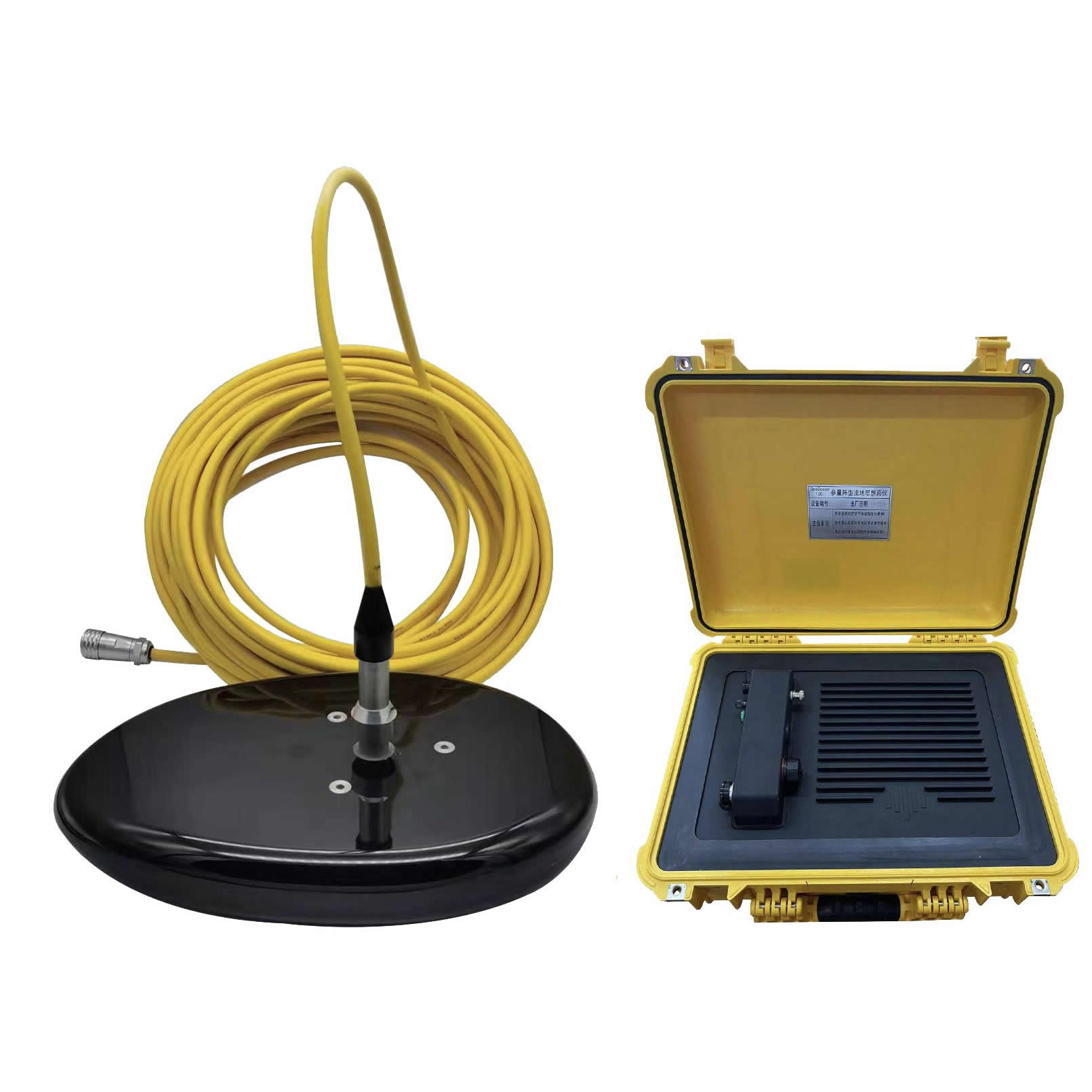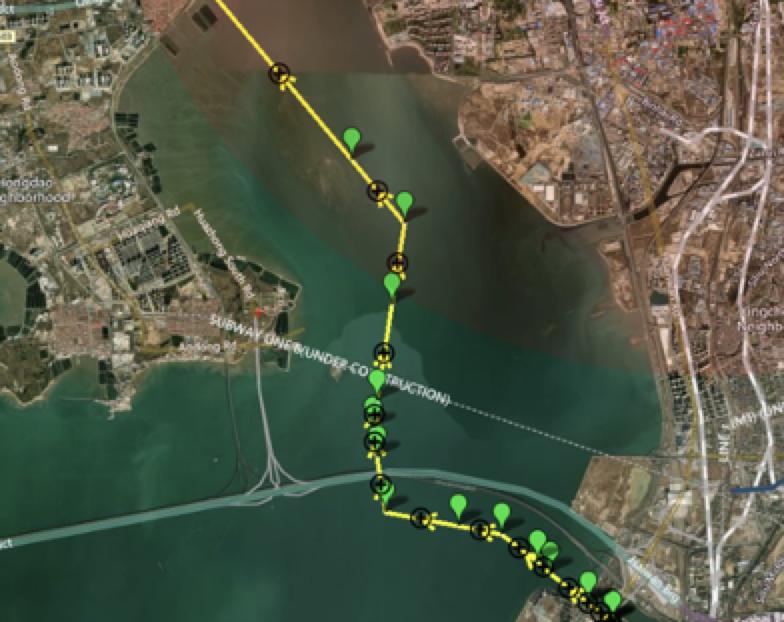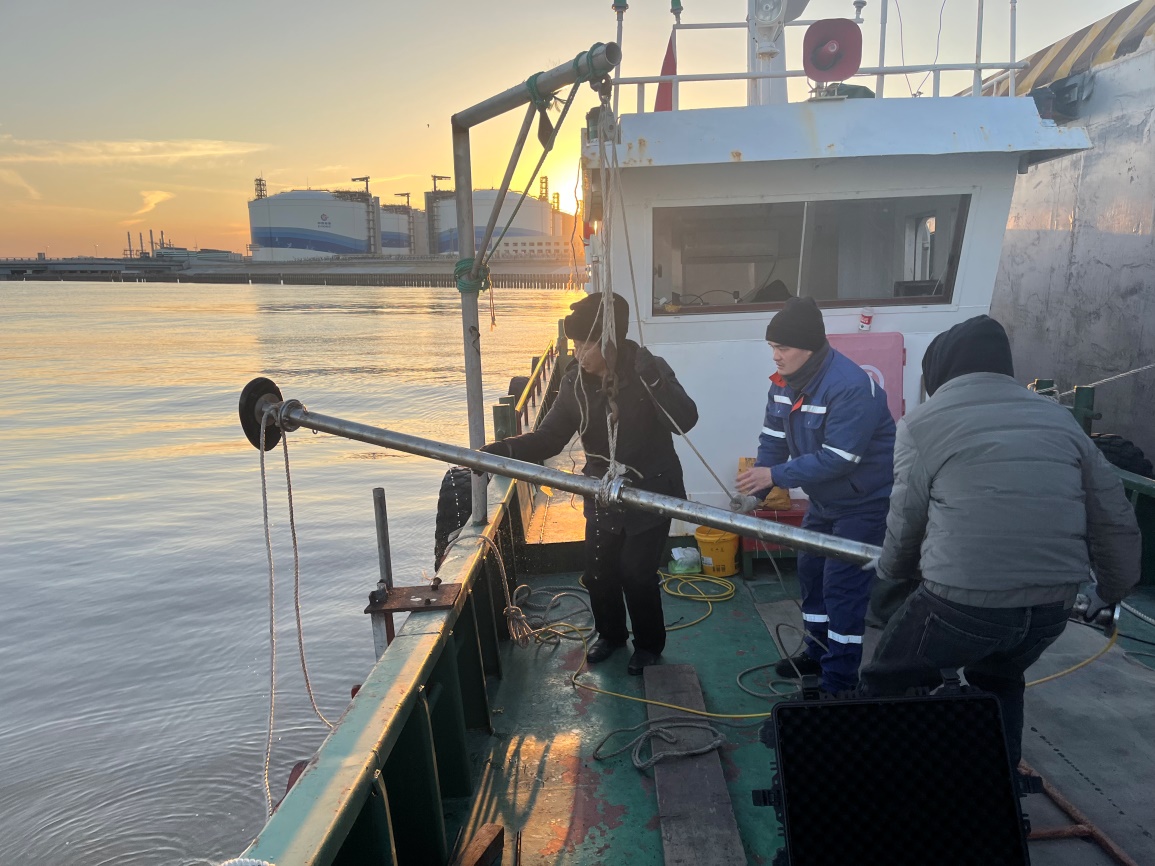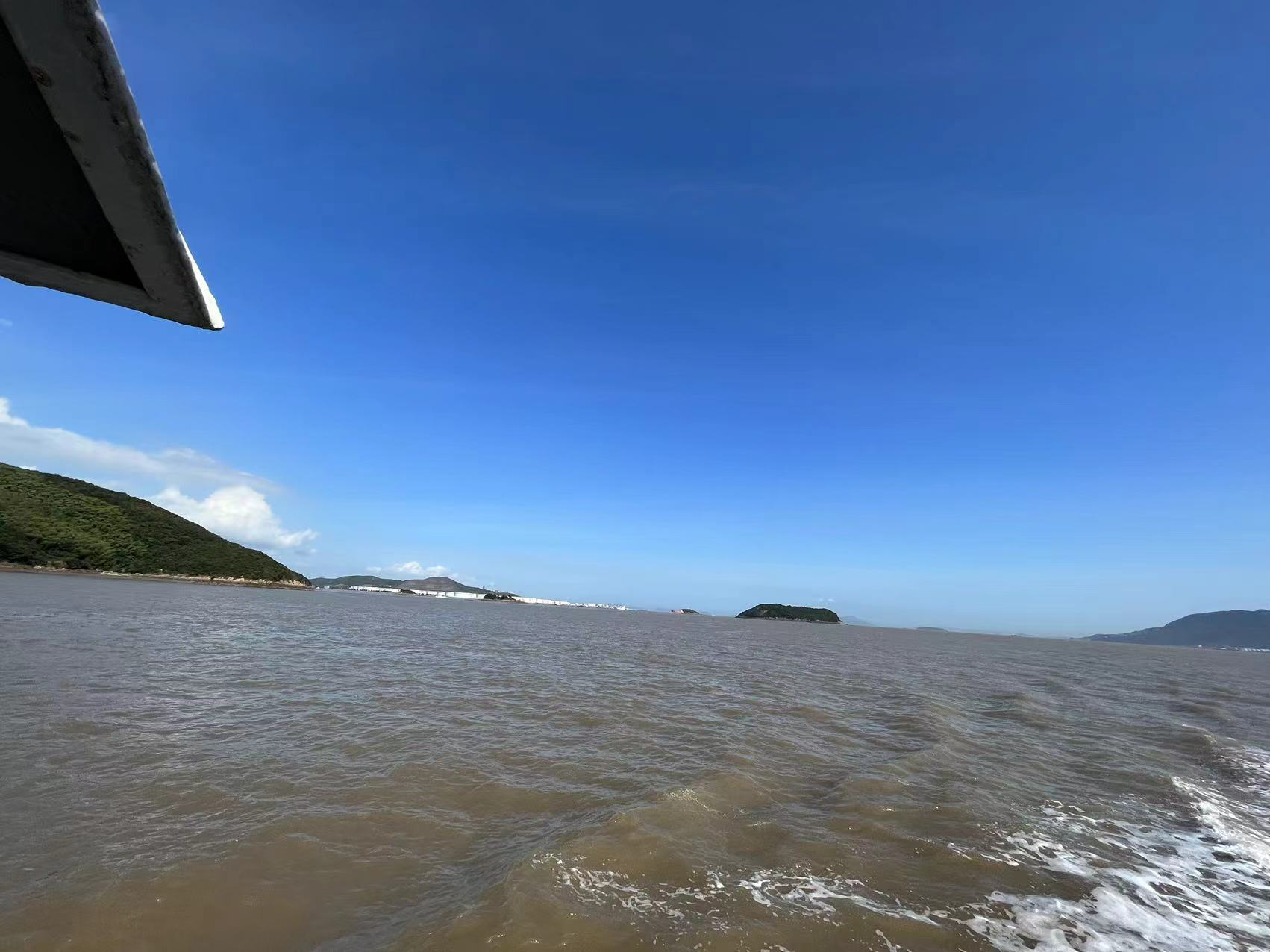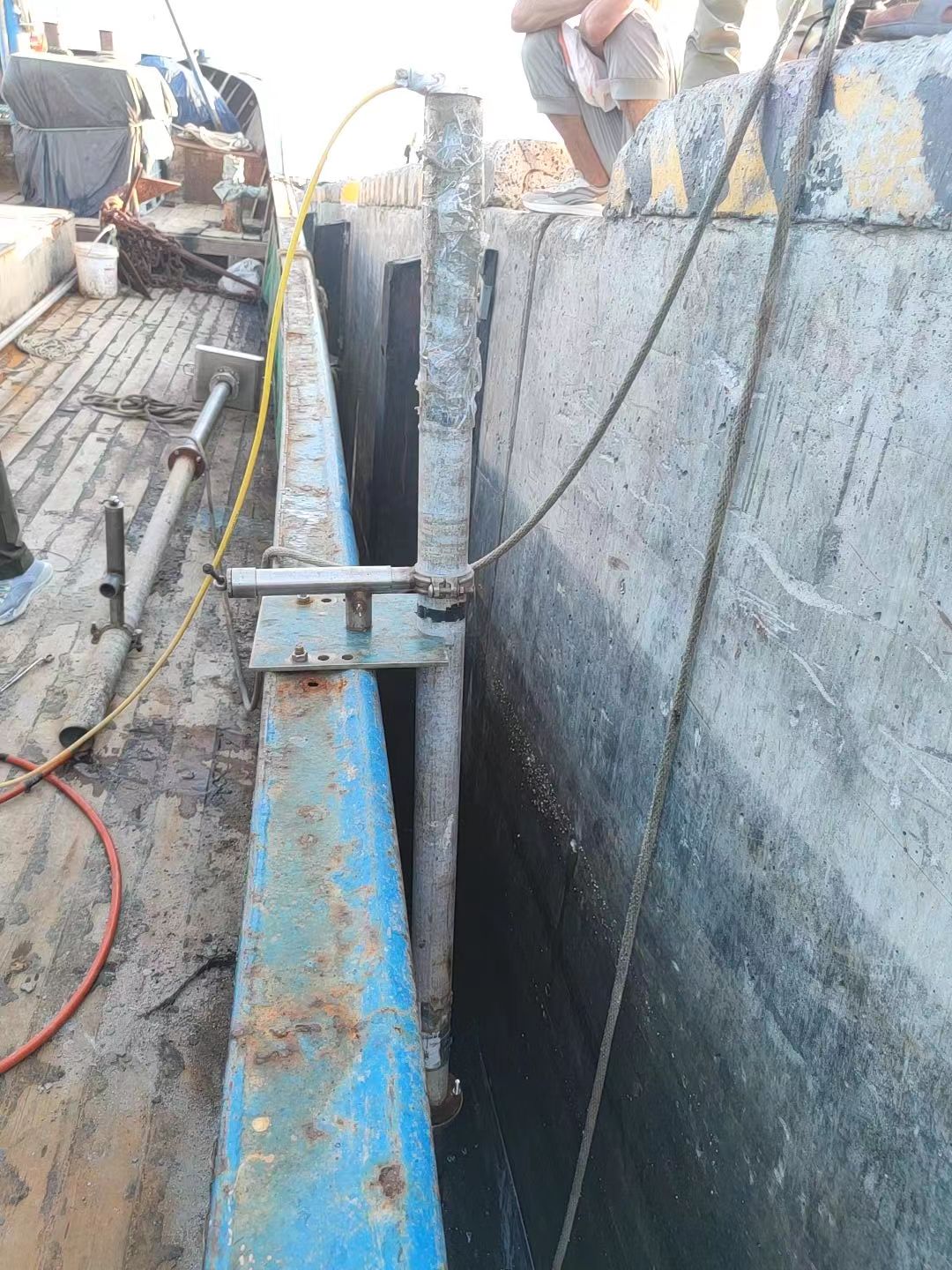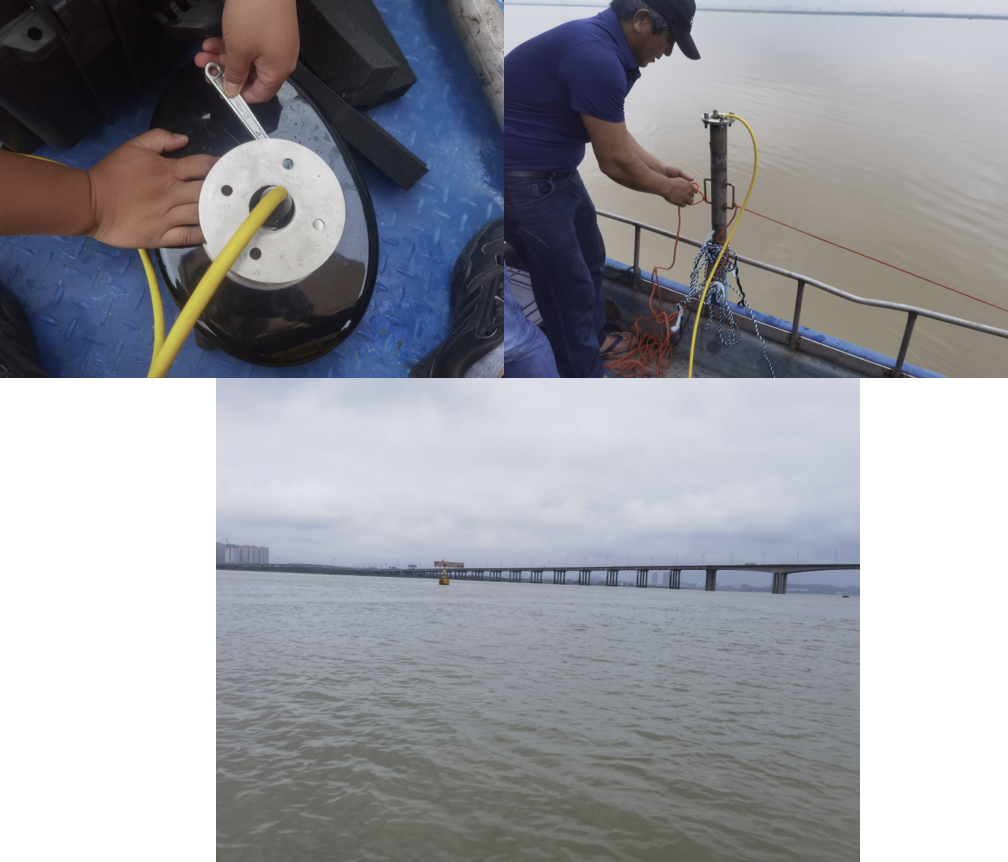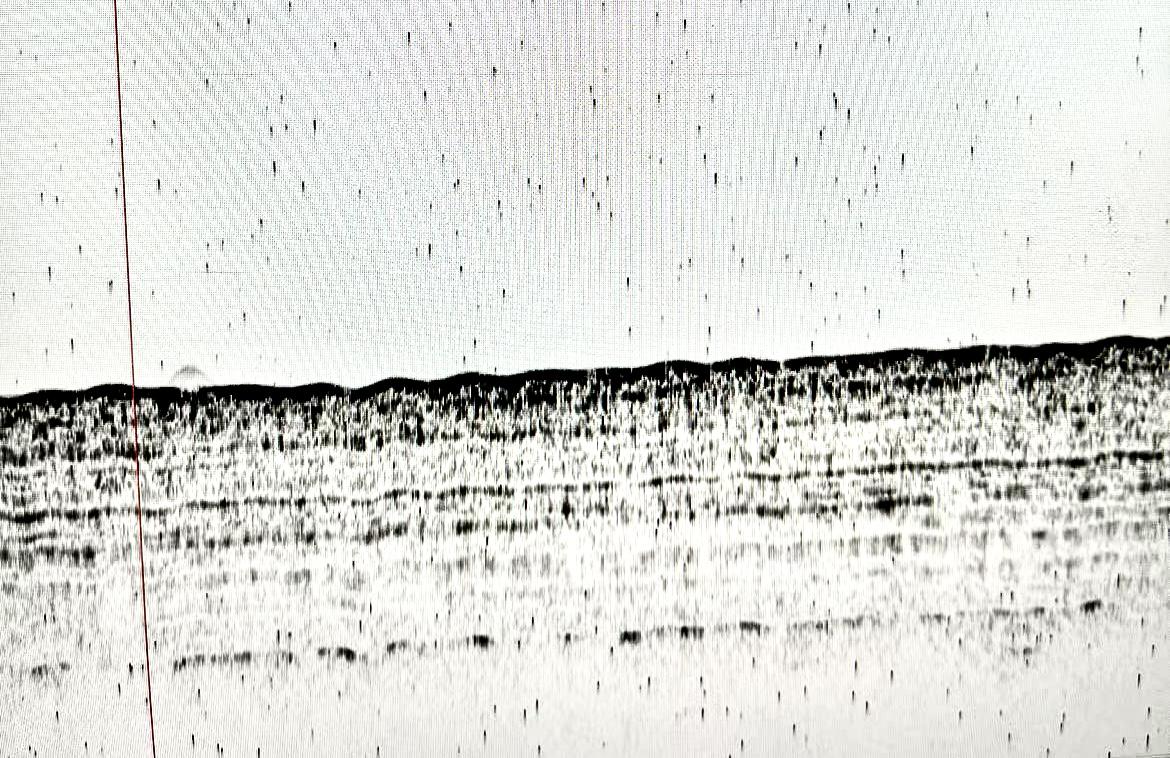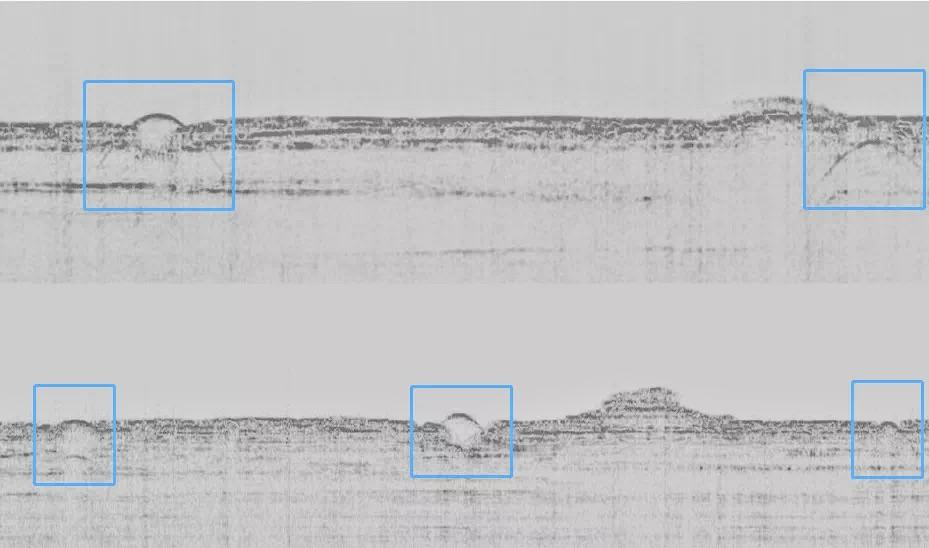As the key member of GeoScope series parametric sub-bottom profiler manufactured by Ocean Physics, GeoScope 100 uses a primary frequency of 100 kHz with wideband secondary frequencies. GeoScope 100 has great penetration and long operation range while ensuring high data quality . With superb performance, GeoScope 100 can be used for underwater sub-bottom profiling and precise bathymetry.
GeoScope 100 is equipped with a IP67 water-proof compact topside unit, making it an ideal choice for installation on small vessels or vessels of opportunity for challenging project.
